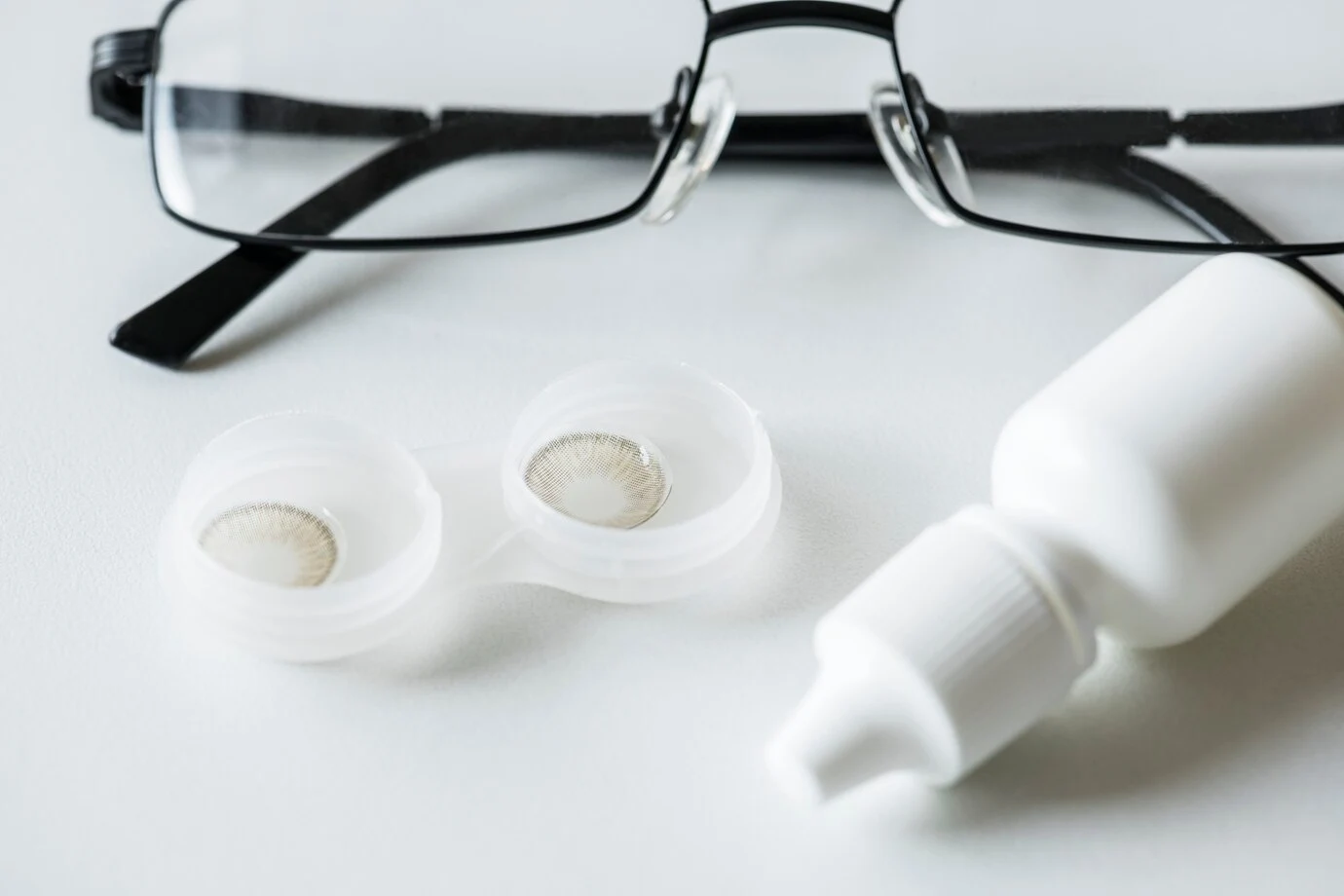Only about 35% of adults in the United States have normal, 20/20 vision without eyeglasses or contact lenses. Everyone else — well over 150 million Americans — need some type of corrective eyewear to compensate for the refractive errors that distort their vision.
As the most common type of vision problem, refractive errors occur when the shape of your eye prevents light from focusing correctly on your retina, blurring your vision or making it less sharp in certain circumstances.
Fortunately, you can offset vision-impairing refractive errors with the right pair of prescription glasses or contact lenses. Read on as Dr. Markiel Yakubov and our skilled team at Elite Eye Care discuss the eye conditions that improve with glasses or contacts, and highlight the various types of glasses and contacts that are available.
What do eyeglasses and contact lenses do?
Vision problems fall into two general categories: Those caused by an ocular health condition like dry eye, glaucoma, macular degeneration, cataracts, or diabetic eye disease, and those caused by refractive errors. Eyeglasses and contact lenses correct vision problems caused by refractive errors.

Refractive errors happen when the shape of your eye stops light from hitting the light-sensitive tissue (retina) at the back of your eye, which reduces your visual acuity. A refractive error can be caused by:
- An eyeball that’s either too short or too long
- A misshapen cornea (clear outer layer of the eye)
- An aging lens (the inner, focal part of the eye)
Anyone can develop refractive errors; many start in childhood while others occur with age. Most people experience vision changes caused by refractive errors by middle age, even if their vision is 20/20 through early adulthood.
Which problems can glasses and contacts correct?
Glasses and contacts correct vision problems caused by four common refractive errors:
Myopia
Also known as nearsightedness, myopia occurs when close objects are clear, but objects that are farther away appear blurry. Myopia often begins in childhood, and nearly one in four American adults aged 40 and over (more than 34 million people) are nearsighted.
Hyperopia
Hyperopia, also called farsightedness, is the opposite of myopia. It causes objects that are far away to look clear, but makes close objects appear blurry. Over 14 million Americans aged 40 and older are farsighted.
Astigmatism
This refractive error, which happens when the cornea isn’t perfectly round, causes blurry or distorted vision. About one in three people have astigmatism, which may occur in combination with myopia or hyperopia.
Presbyopia
An aging internal eye lens can cause presbyopia, or the inability to focus on close objects. The first sign of this common, age-related loss of close-up vision is having to hold a book, computer, or smartphone screen at arm’s length to bring words into focus.
Vision correction begins with regular eye exams
Having regular comprehensive eye exams is the only way to determine whether a refractive error — or something else — is behind your blurred or distorted vision. It’s also the only way to find a mild refractive error that isn’t yet causing noticeable vision issues, so you can correct it right away and keep your vision sharp.
Glasses or contact lenses: Which is right for you?
If you do require vision correction, Dr. Yakubov explains your options, starting with the pros and cons of glasses and contact lenses, and how each suits (or doesn’t suit) your personal preferences and needs.
Eyeglasses basics
If you choose eyeglasses, you’ll need either:
- A single vision, all-purpose lens used to correct distance vision, or
- A multifocal, dual-purpose lens that corrects both distance vision and near vision
Your glasses prescription determines which type of lens you require. If you need a multifocal lens, your prescription also determines whether bifocal or trifocal lenses are right for you. Both are available as progressive, “no-line” lenses that have a smooth transition between near and distance vision focal areas.
Contact lens basics
If you choose contacts, Dr. Yakubov performs an additional contact lens exam to evaluate your vision with contacts. This includes measuring the surface of each eye to determine the size and type of contacts that will work best for you. There are several types of contacts:
- Soft contacts (daily wear, extended wear, and disposable)
- Hard contacts (durable rigid or gas-permeable lenses)
- Multifocal contacts (soft or hard) for distance and near vision correction
- Toric contact lenses to correct a severe astigmatism
Because contact lenses sit directly on the surface of your eyes, proper fit and prescription are vital. Improperly fitted or prescribed contacts can damage your eyes.
To learn more about the glasses and contact lens options available at Elite Eye Care, call or click online to schedule a visit at your nearest New York City location today. We have one office in Brooklyn, and four offices throughout the Bronx.
